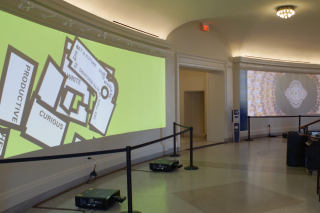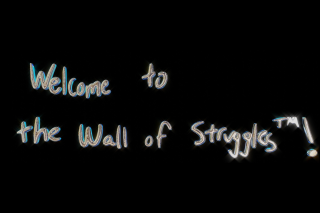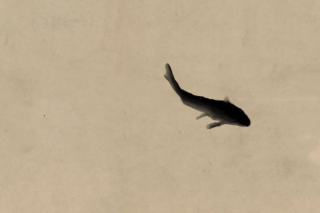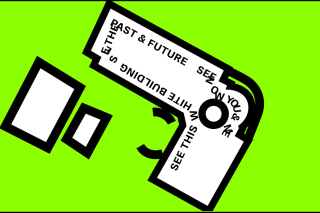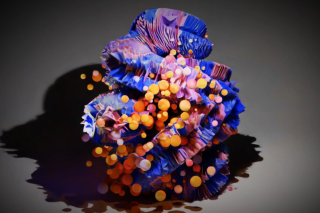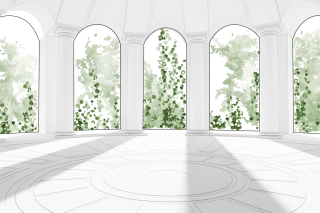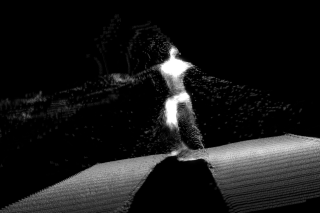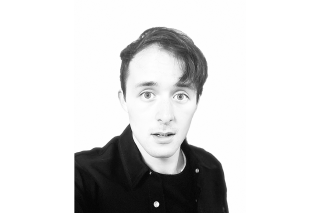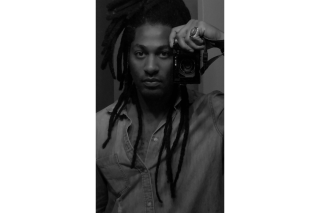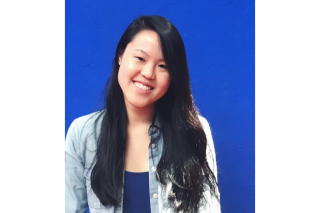Spaces are ultimately defined by those who inhabit them.
Yale Schwarzman Center (YSC) was imagined to be a space that encourages community and connection, by being both a physical central thoroughfare of campus and a creative hub for new ideas and collaborations. To celebrate the opening of the center, students across the Yale community were invited to respond to the notion of desire lines within the built environment.
In urban planning, desire lines are paths started by individuals carving out new ways to move through a space; over time, they can become communal and even institutional. They are etched by intuition, convenience, and ultimately an interconnectedness among those who share a space. One person’s shortcut across a patch of grass eventually becomes a path for everyone walking by.
We encounter desire lines in municipal parks, in neighborhoods, hospitality spaces, parking lots, and waterfronts, all of which invite the discovery of alternative sites of entry and animation. The ubiquity of desire lines in planned environments reveals not only the generative potential of placemaking, but also the relationship between a devised space and its inhabitants.
This correspondence, a kind of call and response, is not unlike the dynamic between an artwork and the viewer. In the moment of encounter with an artwork, the viewer in some sense completes the action of the work, bringing it more into the world through a new relationality, proposed or made evident.
This exhibition asks students to consider spaces across campus through the lens of desire lines and examine the ways in which those spaces might reflect their individual needs and experiences. The voices we encounter in the resulting works in process reveal an acute, communal desire for connection, contemplation, and expression.
